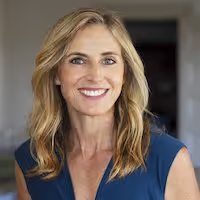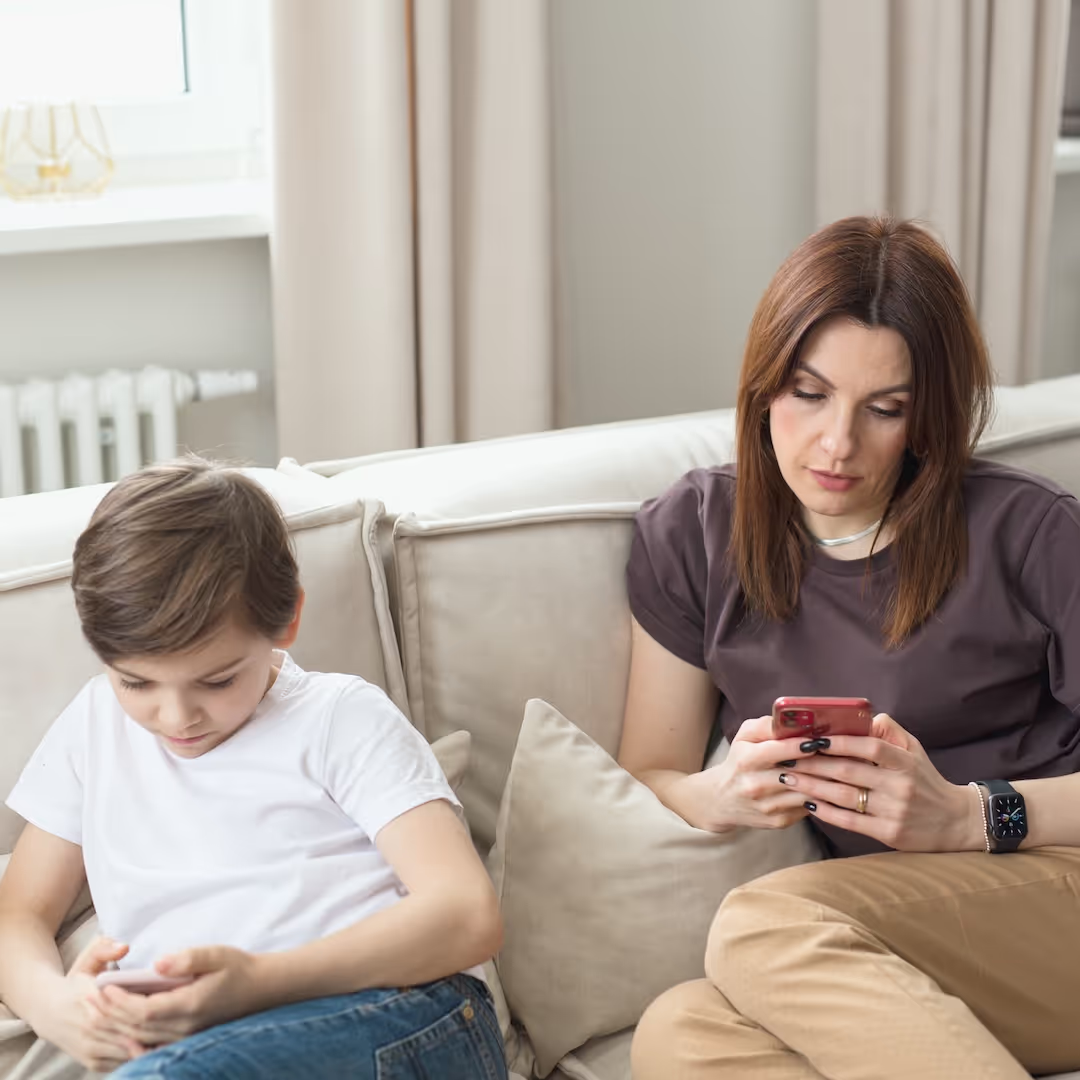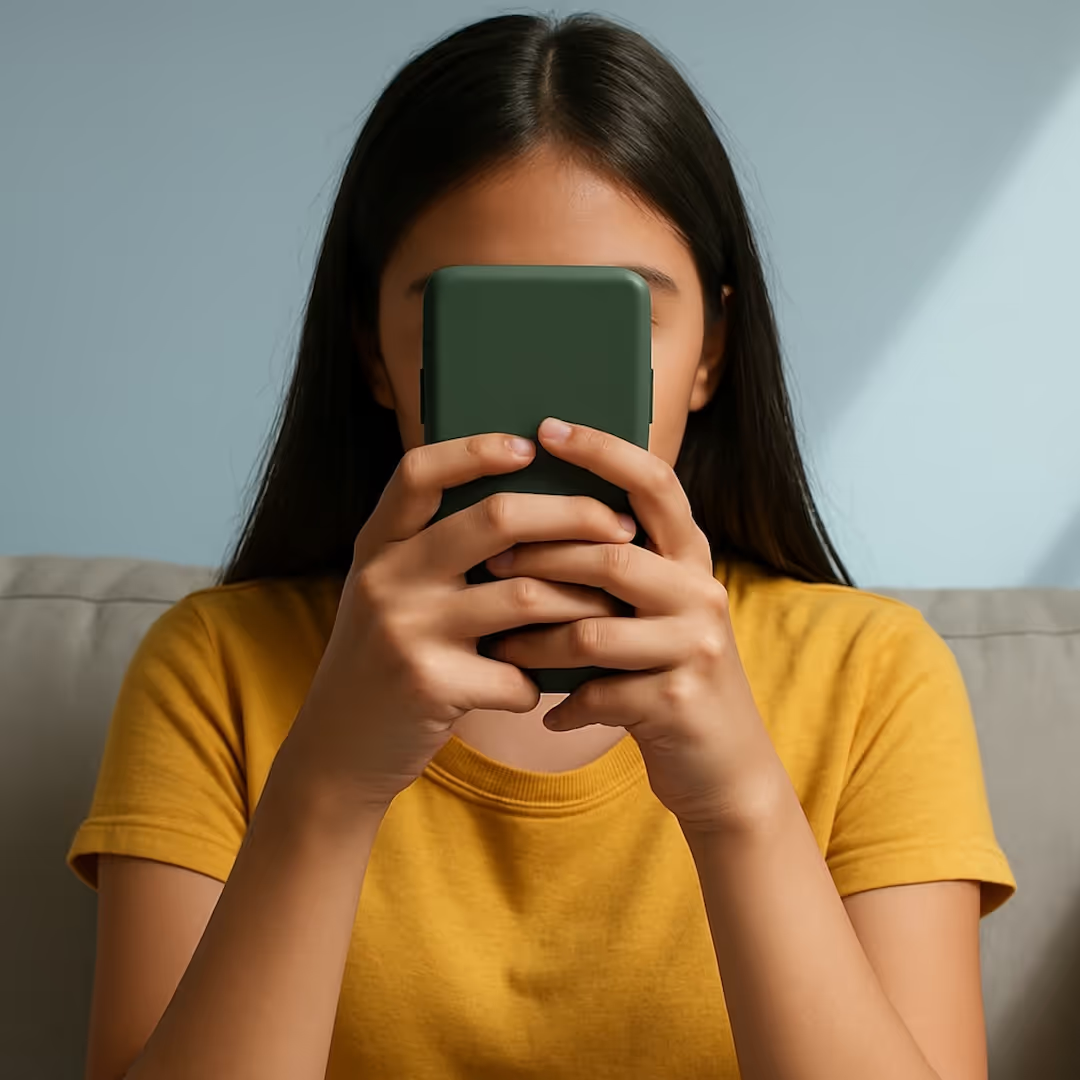


Sometimes things happen in life that make you stop and take stock of who your “real” friends are. Like when I feel anxious and I call my friends to give me some moral support. If I need a hand with a ride somewhere for the kids, I call on my local parent crew. If I want to vent about the latest parenting issue, I might post on Facebook and get some reactions from my contacts around the world.
Robin Dunbar, a University of Oxford anthropologist and psychologist, studied social networks and brains, and proposed that people can typically handle a certain sized social network, ranging from five people you would consider “confidants” to about 150 that may be in your “social group”. Subsets of “friends” and “close friends” exist in between.
But how do social media networks change that picture? I have 777 Twitter followers and 4300 Facebook friends, and some of those are connected to my work on Screenagers. My daughter Tessa counts about 1000 among her followers on Instagram. There are apps you can get to boost your Instagram follower numbers and increase your Facebook “likes”. So, just how important are these numbers? And how significant are these connections?
Learn more about showing our movies in your school or community!
Join Screenagers filmmaker Delaney Ruston MD for our latest Podcast

Learn more about our Screen-Free Sleep campaign at the website!
Our movie made for parents and educators of younger kids
Learn more about showing our movies in your school or community!
Learn more about showing our movies in your school or community!
Join Screenagers filmmaker Delaney Ruston MD for our latest Podcast

Learn more about our Screen-Free Sleep campaign at the website!
Our movie made for parents and educators of younger kids
Join Screenagers filmmaker Delaney Ruston MD for our latest Podcast
As we’re about to celebrate 10 years of Screenagers, we want to hear what’s been most helpful and what you’d like to see next.
Please click here to share your thoughts with us in our community survey. It only takes 5–10 minutes, and everyone who completes it will be entered to win one of five $50 Amazon vouchers.
Sometimes things happen in life that make you stop and take stock of who your “real” friends are. Like when I feel anxious and I call my friends to give me some moral support. If I need a hand with a ride somewhere for the kids, I call on my local parent crew. If I want to vent about the latest parenting issue, I might post on Facebook and get some reactions from my contacts around the world.
Robin Dunbar, a University of Oxford anthropologist and psychologist, studied social networks and brains, and proposed that people can typically handle a certain sized social network, ranging from five people you would consider “confidants” to about 150 that may be in your “social group”. Subsets of “friends” and “close friends” exist in between.
But how do social media networks change that picture? I have 777 Twitter followers and 4300 Facebook friends, and some of those are connected to my work on Screenagers. My daughter Tessa counts about 1000 among her followers on Instagram. There are apps you can get to boost your Instagram follower numbers and increase your Facebook “likes”. So, just how important are these numbers? And how significant are these connections?
Sign up here to receive the weekly Tech Talk Tuesdays newsletter from Screenagers filmmaker Delaney Ruston MD.
We respect your privacy.
Sometimes things happen in life that make you stop and take stock of who your “real” friends are. Like when I feel anxious and I call my friends to give me some moral support. If I need a hand with a ride somewhere for the kids, I call on my local parent crew. If I want to vent about the latest parenting issue, I might post on Facebook and get some reactions from my contacts around the world.
Robin Dunbar, a University of Oxford anthropologist and psychologist, studied social networks and brains, and proposed that people can typically handle a certain sized social network, ranging from five people you would consider “confidants” to about 150 that may be in your “social group”. Subsets of “friends” and “close friends” exist in between.
But how do social media networks change that picture? I have 777 Twitter followers and 4300 Facebook friends, and some of those are connected to my work on Screenagers. My daughter Tessa counts about 1000 among her followers on Instagram. There are apps you can get to boost your Instagram follower numbers and increase your Facebook “likes”. So, just how important are these numbers? And how significant are these connections?

It feels like we’re finally hitting a tipping point. The harms from social media in young people’s lives have been building for far too long, and bold solutions can’t wait any longer. That’s why what just happened in Australia is extremely exciting. Their new nationwide move marks one of the biggest attempts yet to protect kids online. And as we released a new podcast episode yesterday featuring a mother who lost her 14-year-old son after a tragic connection made through social media, I couldn’t help but think: this is exactly the kind of real-world action families have been desperate for. In today’s blog, I share five key things to understand about what Australia is doing because it’s big, it’s controversial, and it might just spark global change.
READ MORE >
I hear from so many parents who feel conflicted about their own phone habits when it comes to modeling healthy use for their kids. They’ll say, “I tell my kids to get off their screens, but then I’m on mine all the time.” Today I introduce two moms who are taking on my One Small Change Challenge and share how you can try it too.
READ MORE >
This week’s blog explores how influencers and social media promoting so-called “Healthy” ideals — from food rules to fitness fads — can quietly lead young people toward disordered eating. Featuring insights from Dr. Jennifer Gaudiani, a leading expert on eating disorders, we unpack how to spot harmful messages and start honest conversations with kids about wellness, body image, and what “healthy” really means.
READ MORE >for more like this, DR. DELANEY RUSTON'S NEW BOOK, PARENTING IN THE SCREEN AGE, IS THE DEFINITIVE GUIDE FOR TODAY’S PARENTS. WITH INSIGHTS ON SCREEN TIME FROM RESEARCHERS, INPUT FROM KIDS & TEENS, THIS BOOK IS PACKED WITH SOLUTIONS FOR HOW TO START AND SUSTAIN PRODUCTIVE FAMILY TALKS ABOUT TECHNOLOGY AND IT’S IMPACT ON OUR MENTAL WELLBEING.
